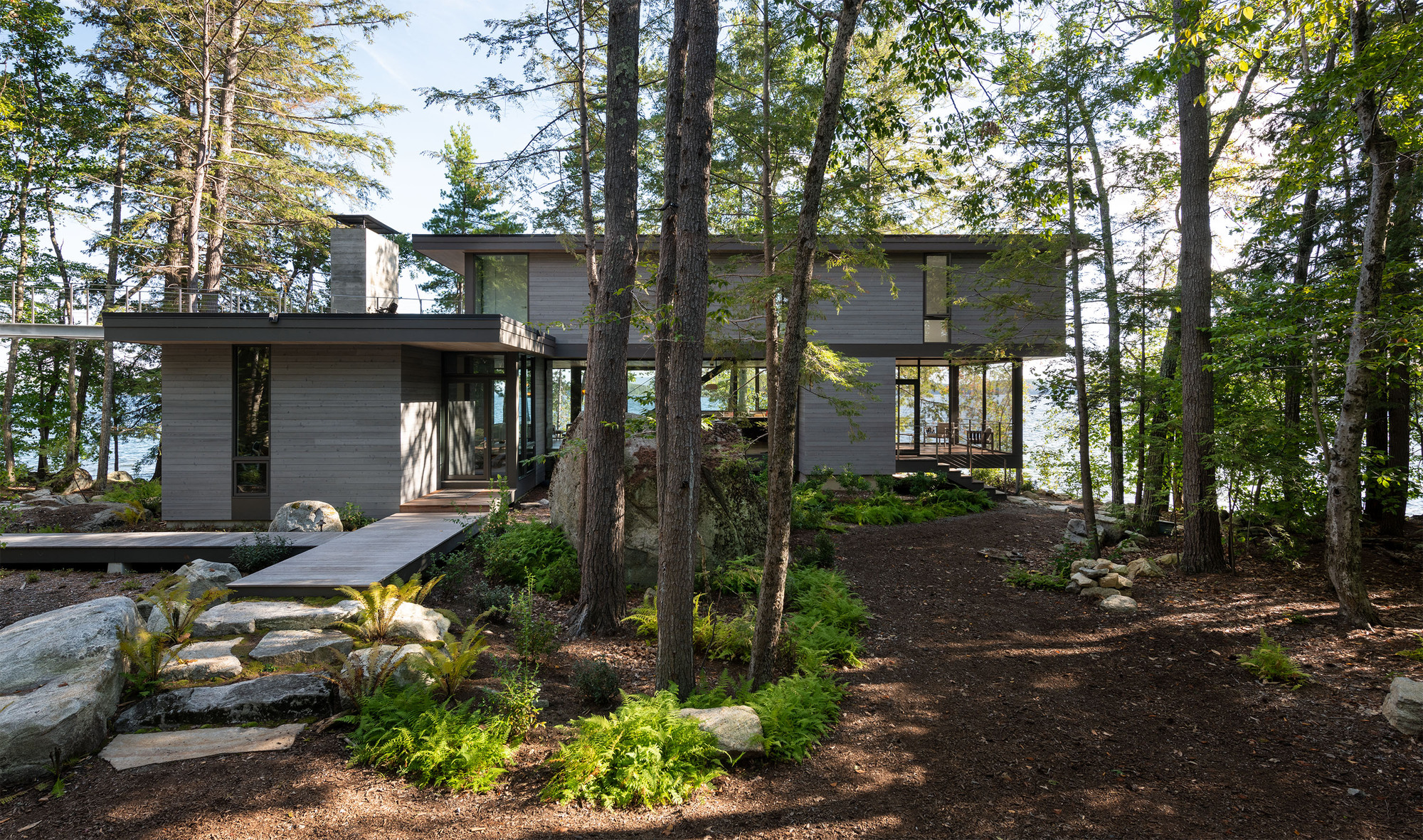Oregon’s changing climate and increased flooding risks call for smarter, more resilient home designs. By raising homes above flood levels, homeowners can protect their properties while enjoying added functionality. Elevated home design is an ideal solution for those in flood-prone areas, and it combines durability, energy efficiency, and enhanced aesthetic appeal. Here’s how these designs benefit homeowners and improve long-term property resilience. Elevated home design best practices and tips here. Talk to an expert for more information. Work with construction professionals through construction consulting services. Why guess? Get a consultation.
Raising Foundations to Reduce Flood Risks
Elevation Techniques
First and foremost, elevating homes above potential flood zones is key to mitigating water damage. By using pilings, stilts, or piers, you allow water to flow beneath the home, significantly reducing the risk of damage during heavy rains or floods. In fact, this technique not only prevents foundation erosion but also makes the home more resilient to rising waters.
Crawl Spaces and Basements
Additionally, homes with basements are particularly vulnerable in flood-prone areas. However, by opting for elevated homes with crawl spaces, you improve ventilation and drainage. Consequently, this design reduces the likelihood of mold and water damage in lower levels, keeping the structure safe and dry.
Increasing Durability and Resilience
Durable, Water-Resistant Materials
Moreover, choosing durable, water-resistant materials is essential for long-lasting homes. By selecting materials such as concrete, steel, and pressure-treated wood, you create a home that withstands floods and water exposure. Importantly, these materials ensure structural integrity even in the face of extreme weather conditions, offering homeowners peace of mind.
Elevated Stairways and Access
Beyond materials, elevated stairways or access points help maintain practicality while providing flood protection. By designing stairways and access features to resist water damage, homes remain accessible even after exposure to high water levels. As a result, this design makes elevated homes functional and safe, especially in flood-prone areas.
Managing Energy Efficiency in Elevated Homes
Passive Cooling and Ventilation
Of course, energy efficiency remains a top priority. Elevated homes, with open space beneath, naturally allow for better ventilation. This passive cooling effect can reduce reliance on air conditioning, making the home more energy-efficient. In addition, large windows with cross-ventilation designs further help circulate cool air, ensuring the home stays comfortable.
Effective Insulation for Temperature Control
Even though your home is elevated, proper insulation is vital. With spray foam or rigid board insulation, your home stays warm in winter and cool during summer. Therefore, insulating your home efficiently leads to lower energy costs and a more comfortable living space year-round.
Integrating Smart Technology for Flood Detection
Smart Home Sensors
With rising flood risks, using smart home technology provides added protection. By installing flood sensors around your home, you can receive real-time alerts when water levels rise. As a result, you can take immediate action, reducing potential damage and safeguarding your property.
Backup Power and Sump Pumps
Additionally, sump pumps play a critical role in flood management. By installing pumps under your elevated home, you can handle water accumulation. Moreover, pairing these systems with backup power solutions, such as solar batteries or generators, ensures continuous operation even during power outages caused by severe weather. This setup prevents water from pooling, keeping your home safe from flooding.
Enhancing Functionality and Design
Maximizing Space and Aesthetic Appeal
Beyond protection, elevated homes offer unique design opportunities. With the space beneath your home, you can add functionality, using it for parking, storage, or even an outdoor seating area. This flexibility not only enhances functionality but also adds value to your property.
Scenic Views and Landscaping Options
Finally, elevated homes provide breathtaking views in areas like coastal or mountainous regions. Additionally, you can implement creative landscaping around your home, using defensible space techniques and native plants to prevent soil erosion and manage water flow. With elevated designs, you can enjoy the beauty of Oregon’s scenery while protecting your investment.
Conclusion
In conclusion, elevated home design offers significant benefits for Oregon homeowners in flood-prone areas. By raising foundations, using durable materials, and incorporating smart technology, these homes are designed to withstand the challenges of climate change and extreme weather. Not only do elevated homes offer flood protection, but they also enhance functionality, energy efficiency, and aesthetic appeal. As Oregon’s climate evolves, investing in elevated home design ensures your property remains safe, resilient, and valuable for years to come. Elevated home design best practices and tips here. Talk to an expert for more information. Work with construction professionals through construction consulting services. Why guess? Get a consultation.


